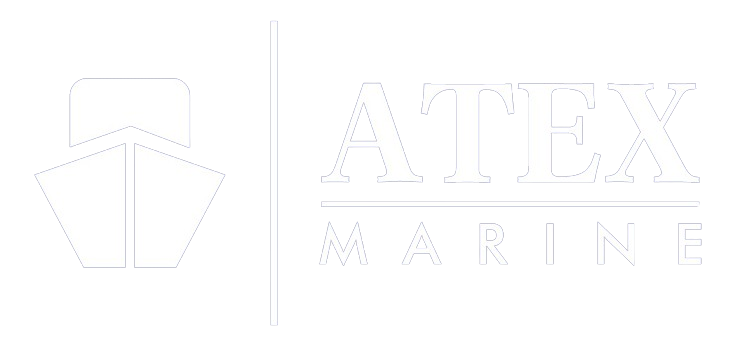AUTOMATION
Understanding Marine Navigation & Signal Lights with Control and Monitoring
Marine Navigation & Signal Lights are essential safety components on ships and offshore platforms, providing visibility in low-light conditions and signaling intentions to other vessels. These lights are complemented by control and monitoring systems that ensure proper functioning and compliance with maritime regulations. This guide explores the key aspects of marine navigation & signal lights with control and monitoring and addresses frequently asked questions about their types, functions, benefits, and regulatory requirements.
What are Marine Navigation & Signal Lights?
Marine Navigation & Signal Lights are specialized lights used on ships and offshore installations to indicate vessel position, direction, and status to other vessels and shore personnel.
Benefits of Marine Navigation & Signal Lights with Control and Monitoring
Implementing marine navigation & signal lights with control and monitoring offers several advantages:
- Enhanced Safety: Ensures visibility and aids in collision avoidance by signaling vessel position and direction.
- Regulatory Compliance: Helps vessels comply with international maritime regulations such as COLREGs (Collision Regulations).
- Operational Efficiency: Control and monitoring systems automate light operation and provide real-time status updates, reducing manual oversight.
- Remote Accessibility: Allows for remote monitoring and control of lights from onboard or shore-based control centers.
- Environmental Adaptability: Lights are designed to withstand harsh marine environments, ensuring reliability in all weather conditions.
10 Frequently Asked Questions (FAQs) about Marine Navigation & Signal Lights with Control and Monitoring
| FAQ | Answer |
|---|---|
| What are marine navigation & signal lights? | They are lights used on ships and offshore platforms to indicate vessel position, direction, and status for safe navigation and communication. |
| What types of navigation lights are used on ships? | Common types include red (port), green (starboard), white (stern), and masthead lights, each serving specific navigation purposes. |
| How do navigation lights comply with COLREGs? | They are configured and installed according to COLREGs requirements to ensure visibility angles, colors, and positions adhere to international standards. |
| What is the purpose of signal lights on a vessel? | Signal lights communicate vessel intentions, such as maneuvers, emergencies, or operational status, to other vessels and shore personnel. |
| Can navigation lights be controlled automatically? | Yes, modern systems integrate automation and monitoring to ensure lights operate correctly and comply with regulatory requirements. |
| Do navigation lights require regular maintenance? | Yes, regular inspections, cleaning, and bulb replacements are necessary to maintain visibility and compliance with maritime regulations. |
| Are navigation lights visible in all weather conditions? | Yes, lights are designed with visibility ranges and colors suited for visibility in fog, rain, and other adverse weather conditions. |
| How are navigation lights monitored onboard? | Monitoring systems provide real-time status updates on light operation, indicating faults or malfunctions that require attention. |
| Can navigation lights integrate with vessel communication systems? | Yes, integration with communication systems allows for coordinated signaling and enhanced safety during navigation. |
| What are the penalties for non-compliance with navigation light regulations? | Non-compliance can lead to fines, vessel detention, or restrictions on maritime operations due to safety and regulatory concerns. |
Conclusion
Marine Navigation & Signal Lights with Control and Monitoring are crucial for safe navigation and communication on ships and offshore platforms. By providing visibility, signaling intentions, and ensuring regulatory compliance, these systems contribute to safe and efficient maritime operations in diverse environmental conditions. Understanding their functions and addressing common questions can help maritime professionals effectively manage and maintain these essential onboard safety components.
